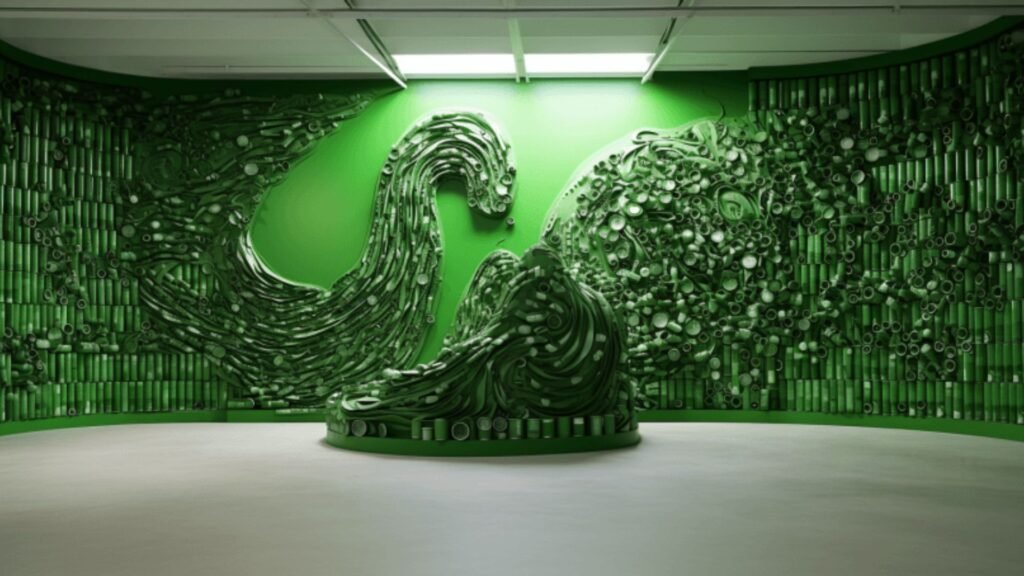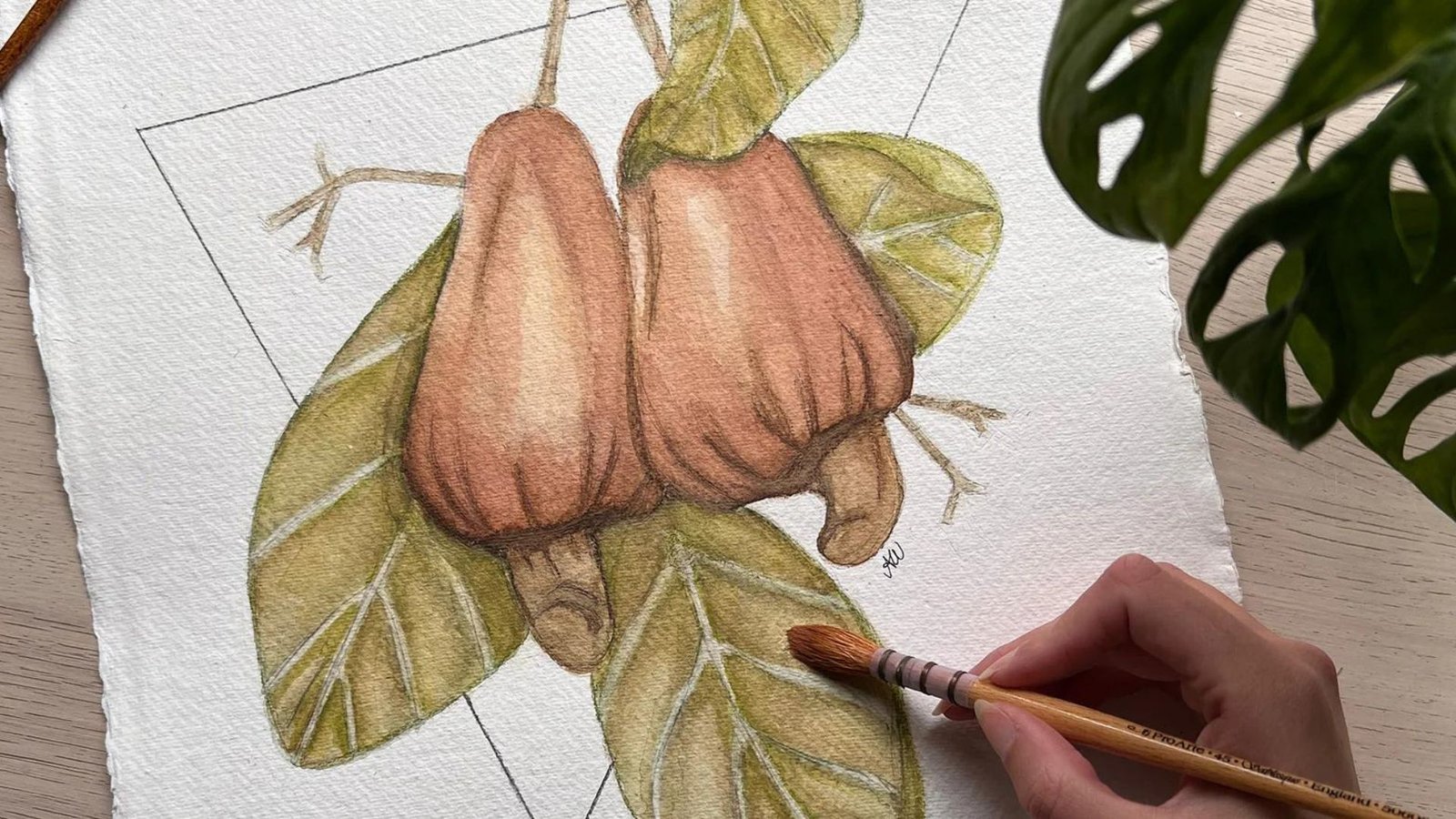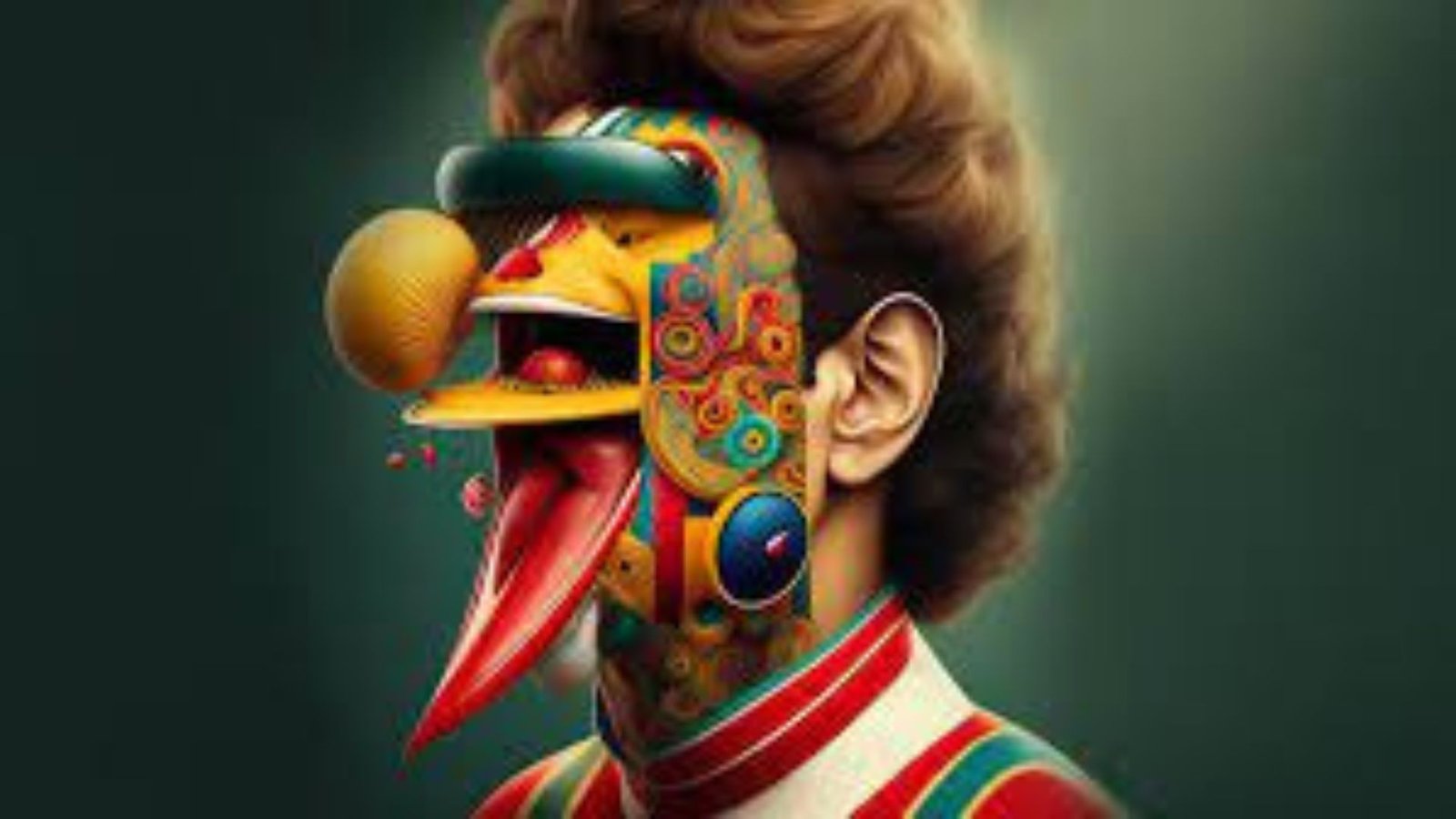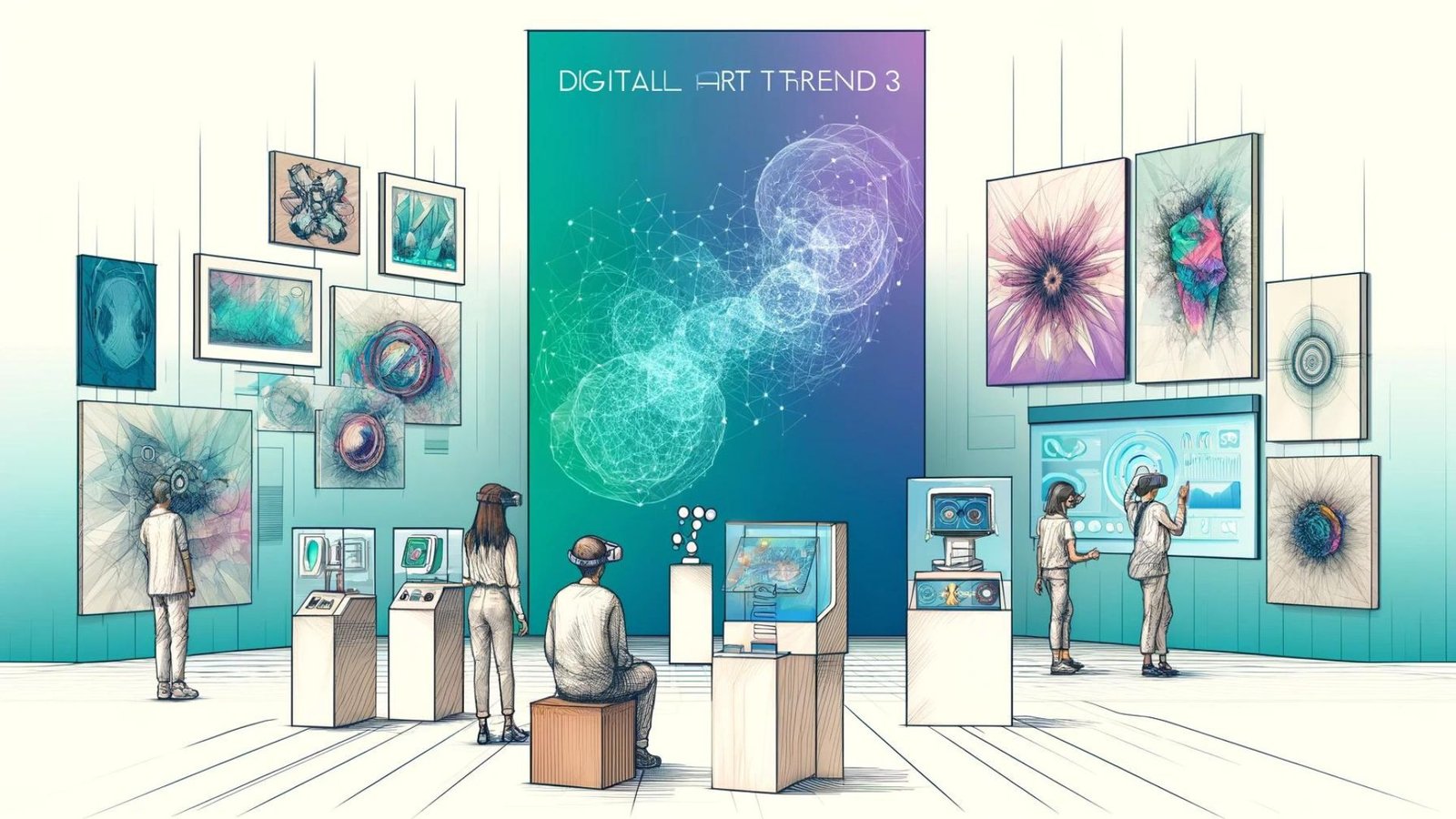Visual artists are increasingly embracing sustainability as they create new works. This shift is part of a broader movement to reduce environmental impact and promote eco-friendly practices. In this blog post, we will explore how visual artists are incorporating sustainability into their creative processes and why this is important for the future of art.

Using Eco-Friendly Materials
Firstly, many visual artists are turning to eco-friendly materials to reduce their environmental footprint. Traditional art supplies can be harmful, containing chemicals and non-recyclable materials. However, artists are now using sustainable alternatives such as recycled paper, biodegradable paints, and natural fibers. For instance, some artists use paint made from plant-based ingredients, which are less harmful to the environment than conventional paints. By choosing eco-friendly materials, artists are making a positive impact and encouraging others to follow their lead.
Adopting Sustainable Techniques
Moreover, visual artists are adopting sustainable techniques in their work. This includes practices that minimize waste and energy use. For example, artists are embracing digital tools to create and share their work, reducing the need for physical materials and decreasing waste. Additionally, some artists are exploring methods like upcycling, where they transform discarded materials into new artworks. This approach not only reduces waste but also promotes creativity and innovation. By adopting these techniques, artists are showing that it is possible to create meaningful art while being mindful of the environment.
Creating Art with a Message
In addition to changing their materials and techniques, many visual artists are creating art with a message about sustainability. This type of art raises awareness about environmental issues and encourages viewers to think about their own impact on the planet. For example, some artists use their work to highlight problems such as pollution, climate change, and deforestation. Through their art, they aim to inspire action and promote a greater understanding of these critical issues. By using their platform to address environmental concerns, artists are playing a vital role in the sustainability movement.
Supporting Sustainable Practices in Art Communities
Furthermore, visual artists are supporting sustainability within their art communities. They are advocating for greener practices at galleries, exhibitions, and art events. For instance, some artists are working with galleries that prioritize sustainable practices, such as using energy-efficient lighting and reducing single-use plastics. Others are organizing events that focus on eco-friendly art and encourage discussions about sustainability. By fostering a culture of sustainability within their communities, artists are helping to create a more environmentally conscious art world.
Educating and Inspiring Others
In addition to their own practices, many visual artists are also educating and inspiring others about sustainability. They often share their experiences and knowledge through workshops, social media, and public talks. For example, an artist might give a workshop on how to use recycled materials in art or write blog posts about their journey toward more sustainable practices. By sharing their insights and successes, artists can motivate others to consider sustainability in their own creative processes. This ripple effect helps to spread the message of environmental responsibility and encourages more people to make sustainable choices.
Facing Challenges and Opportunities
While embracing sustainability offers many benefits, it also presents challenges for visual artists. For example, finding eco-friendly materials can sometimes be difficult or costly. Additionally, transitioning to new techniques and practices may require time and effort. However, these challenges also present opportunities for growth and innovation. By addressing these challenges head-on, artists can develop new solutions and contribute to a more sustainable art world. This ongoing process of learning and adaptation is crucial for making a lasting impact on the environment.
Conclusion
In conclusion, visual artists are embracing sustainability by using eco-friendly materials, adopting sustainable techniques, creating art with a message, supporting greener practices in their communities, and educating others. These efforts are helping to reduce the environmental impact of art and promote a more sustainable future. Although there are challenges to overcome, the commitment of visual artists to sustainability is inspiring and essential for the art world. As more artists join this movement, they will continue to make a positive difference and encourage others to consider the environmental impact of their own creative practices.




